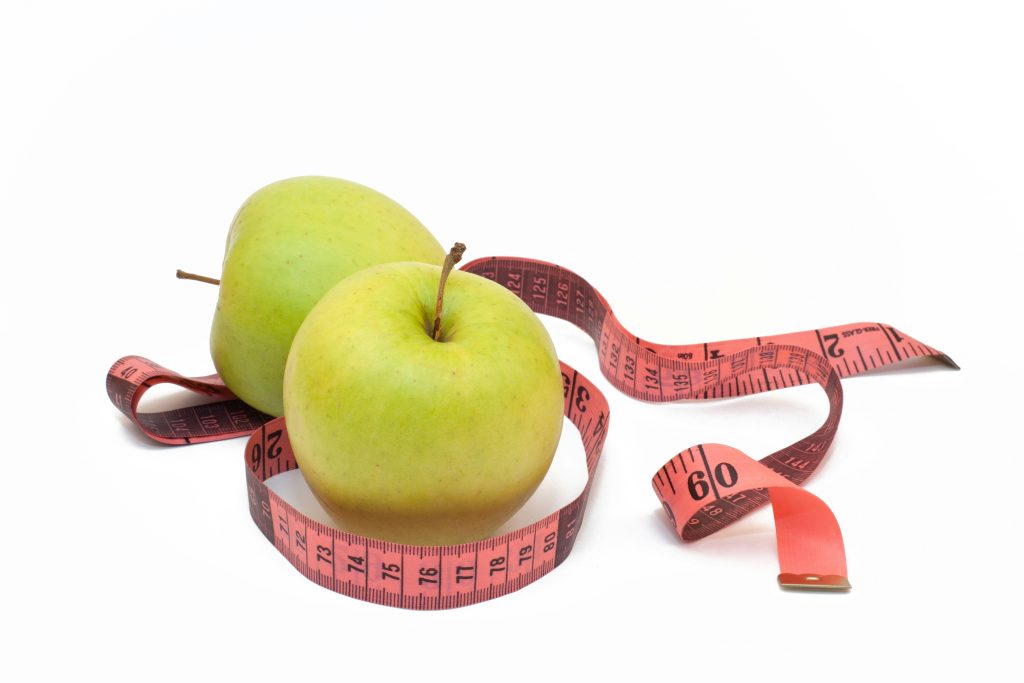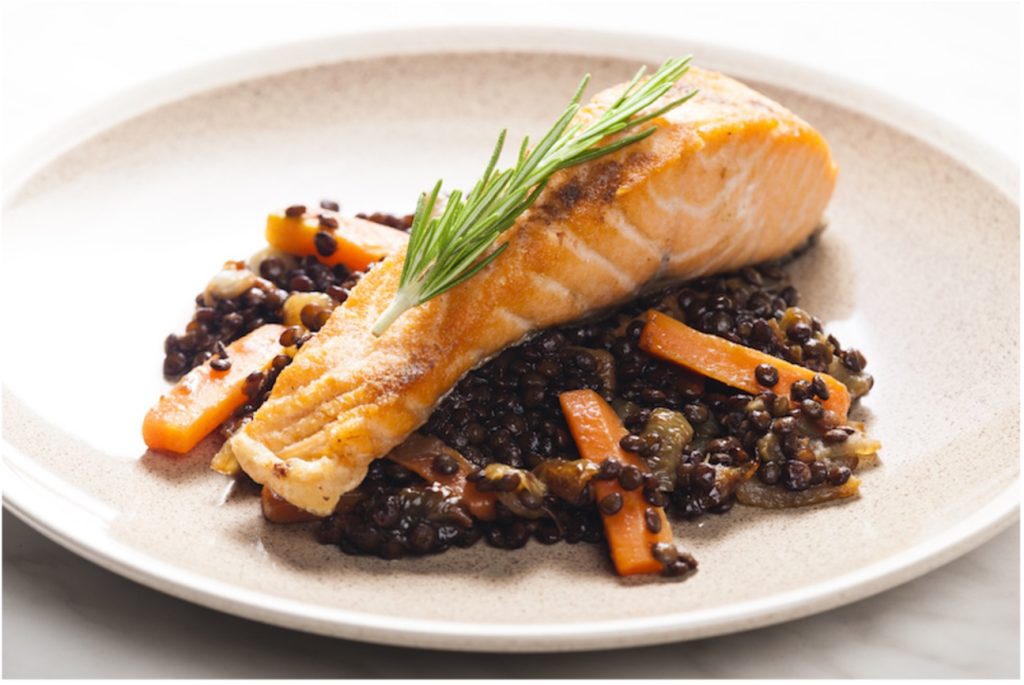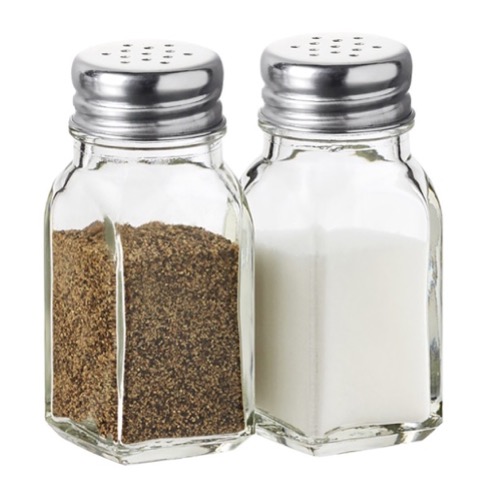
Yet another report of a new study on Intermittent Fasting (IF) has crossed my desk. IF (or time restricted feeding) is a dieting trend that includes dedicated periods of time when an individual consumes little to no calories and other times they eat as usual. Unless you raid the fridge during your sleeping hours, we all IF.
There have been over 11,000 studies (fewer than 2,000 peer reviewed), an estimated 13,000 Tik Tok and 3.8 million Instagram posts, 20 million Google listings…and no, I have not read them all. There is consensus from the scientists that the studies show the results you might get from IF are no better nor worse than what you would get by using an old-fashioned calorie counting strategy to lose weight. In either case, any weight loss comes from restricting calories. Dietitians have said for years, if you consume 500 calories less a day, in 7 days, you will lose a pound a week. Of course, results do vary by gender, physical activity and age.
For some people it may be more convenient and sustainable to restrict their eating to an 8 hour window, or eat as usual one day and fast the second day, or carefully control caloric intake for 5 days and eat as desired on 2 days of the week. I haven’t tried any of these strategies. I have never been able to fast. I am a person who gets very” hangry” if I don’t eat meals and snacks throughout the day. So, the only fasting I do is when I sleep.
Finding the right strategy for you to maintain a healthy weight may involve experimenting with IF. And there could be some additional benefits like a modest improvement in insulin sensitivity and/or a small decrease in LDL (bad) cholesterol and a reduction of inflammation. Most of the improvements seen in fasting studies, the science shows, is due to the weight loss. Again, this weight loss is due to calorie restriction and not something magical about IF. Most healthy adults can tolerate IF well. IF is NOT recommended for women who are pregnant or breastfeeding, or teens and adults with a history of eating disorders, or high risk of hypoglycemia, or are taking medications that should be taken with food.
A new study that crossed my desk adds a new insight that might be helpful for those who want to try all day fasting. Researchers followed a group of Muslims fasting from before sunrise to sunset from food and drink during their holy month of Ramadan. They reported that hedonic hunger (also known as eating for fun or pleasure) many experienced at the beginning of the month, was tamed with time, making adherence to fasting easier and more sustainable to follow for them. It would be important for those experimenting with IF to be committed to trying for at least a week before saying that strategy won’t work for them.
Source: Selen H. (2025) The Effect of Intermittent Fasting on Hedonic Hunger: A Pilot Prospective Cohort Study Based on Ramadan Intermittent Fasting. Frontiers in Nutrition. https://www.frontiersin.org/journals/nutrition/articles/10.3389/fnut.2025.1718105/
Don’t miss another great blog: Subscribe Now









